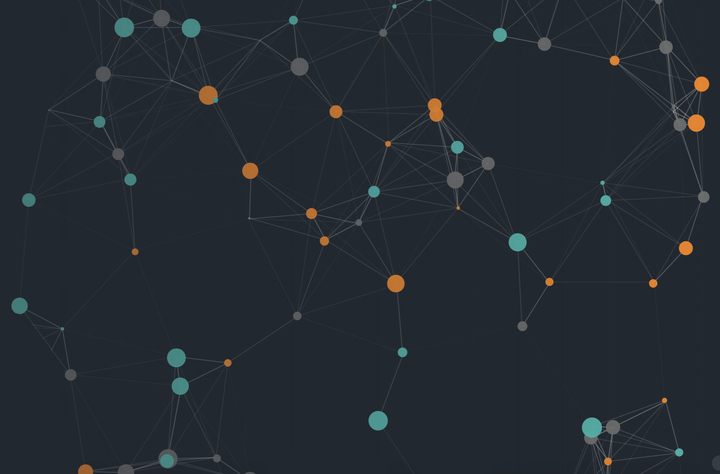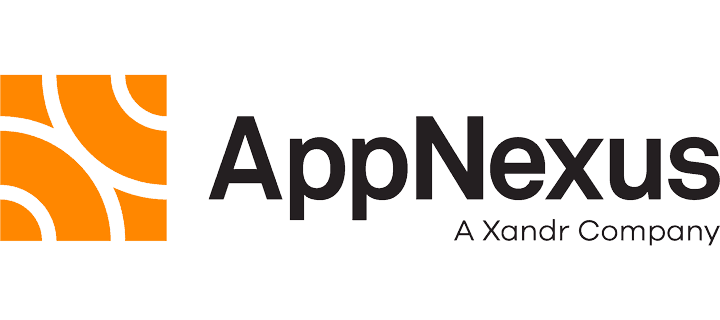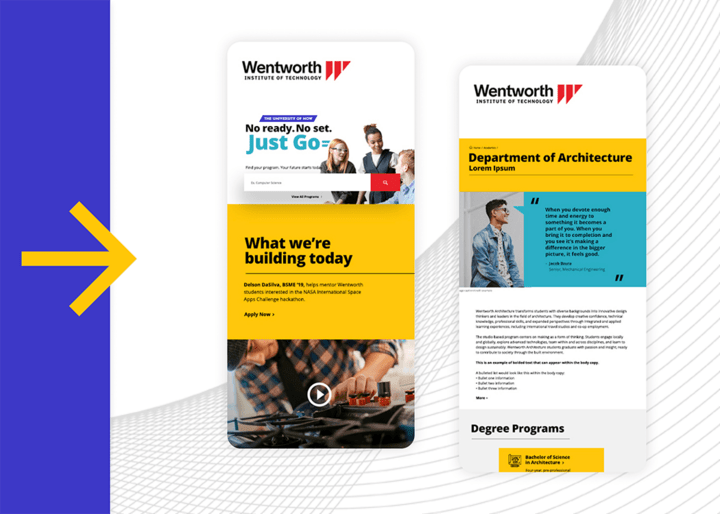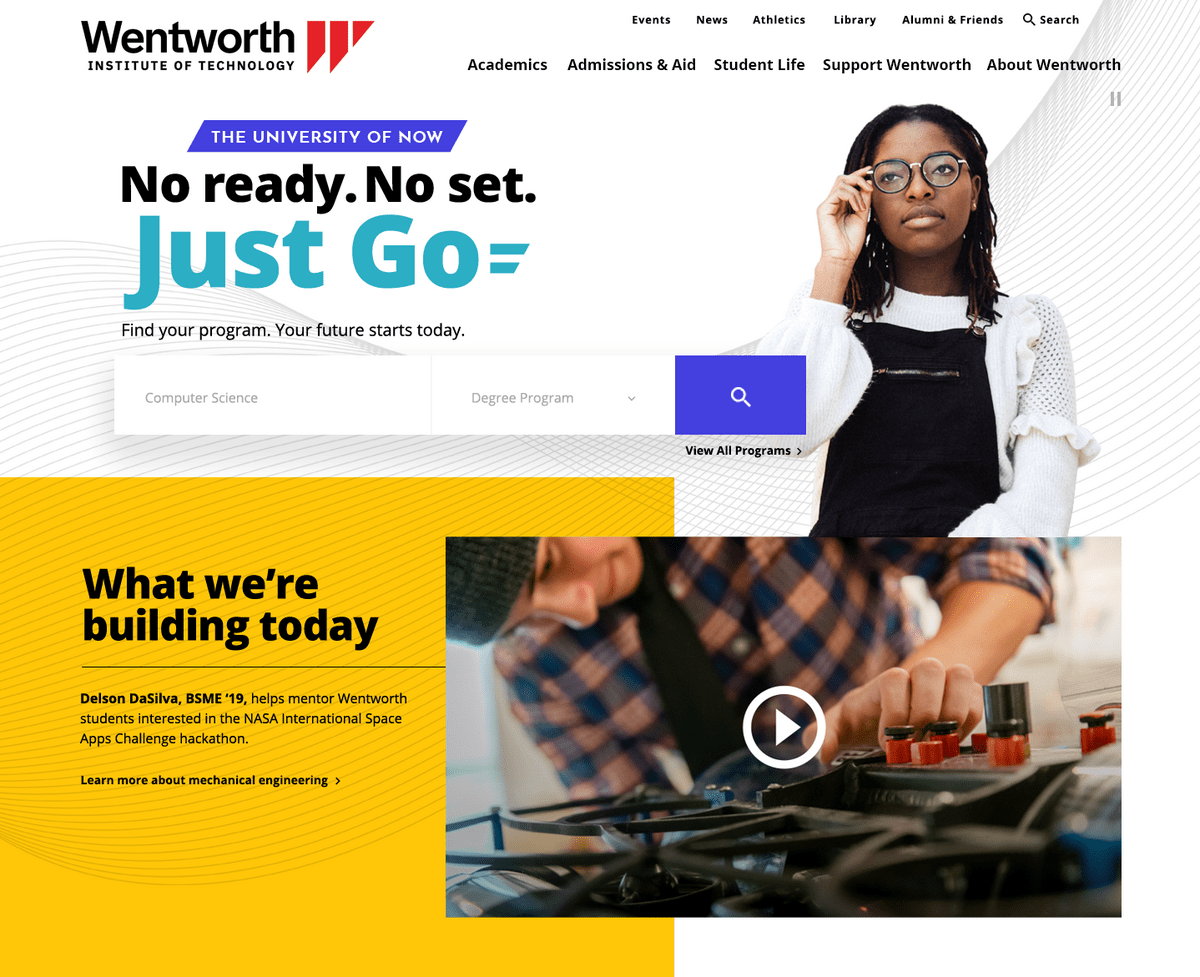Bringing buyers and sellers closer together.


- Agile/Kanban
As the world’s largest independent marketplace for digital advertising, AppNexus delivers powerful enterprise technology for buyers and sellers of digital ads. The marketing team at AppNexus needed a robust digital platform to communicate their value, experience, and products to bring potential ad buyers and sellers together to support their goal of creating a better internet.
After the completion of a series of creative exercises, the LCM team delivered a modern, dynamic, global rebrand of AppNexus.com in fewer than 5 weeks. The platform tested well with key audiences and led to tangible positive business outcomes for AppNexus, including helping facilitate their multibillion-dollar acquisition by AT&T.
Theming swiftly and efficiently with components
One of the major outcomes of this project was a dynamic yet simple to use site building experience for content authors and theming experience for front-end developers. A component-based approach allows AppNexus to browse a library of reusable content patterns to build pages that are on-brand throughout the site while also making it easier for front-end developers to implement creative feedback.
Using Mannequin, our component library tool, the front end team was able to focus on standard front end technology without worrying about CMS implementation details to quickly theme the front end using paragraphs. This was useful as many of the front end developers on the team were not familiar with Drupal but were able to theme parts of the site easily using Mannequin.
The homepage animations, a critical piece to the visual experience, were delivered by the front end team who used particles.js.
Managing first impressions and talent recruitment in one spot
To support their rapid growth strategy, AppNexus needed a robust careers section, “Life at AppNexus”. The careers section highlights the authentic employee experience at AppNexus, the various teams, the application process, and clear calls to action to their Applicant Tracking System (ATS), COMPAS, which is embedded in the Drupal CMS. Job applications are pulled in from COMPAS. With this new talent acquisition initiative in place, AppNexus is able to efficiently promote itself as a desirable place to work and creating a positive first impression for prospective candidates, leading to increased direct hires.
Increasing analytical visibility using Marketo
By implementing a Marketo integration that sends form responses directly into predefined workflows in AppNexus’ CRM, we were able to give more visibility into valuable business analytics that were not previously captured. AppNexus was also able to utilize their content more effectively for lead generation, by introducing gated content such as whitepapers.
With multiple vendor involvement and a tight timeline, the AppNexus project had a lot of moving parts from the start. Even with frequent changes, LCM, the creative agency, and AppNexus benefited from a frictionless, highly collaborative, and efficient working relationship, which lead to a compelling and well built finished product.



